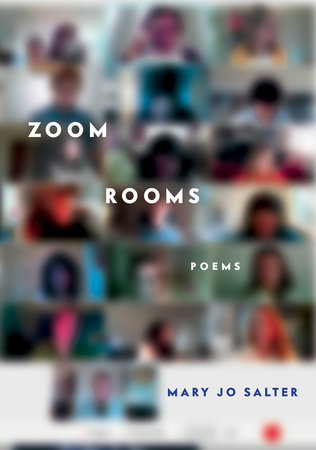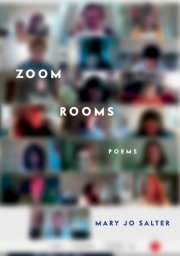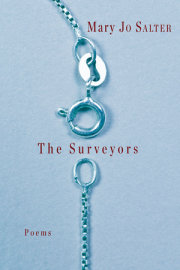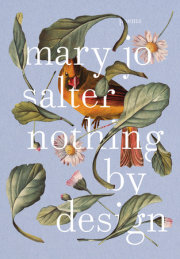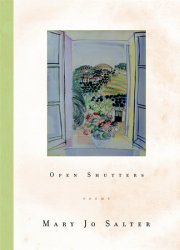Part One
YOUR SESSION HAS TIMED OUT
due to inactivity.
Do you want to reboot
back to your nativity?
Too bad. You can’t go back.
Or forward, for that matter.
Remember running track,
dunking a basketball,
or, come to think of it, doing
anything at all?
Too bad. You can’t reboot.
In fact, the very terms
you use will soon be moot,
will take their downward spiral
like you to a black hole
while brave new words go viral—
assuming being “active”
or “inactive” is a thing
in the future. Or to “live.”
ORECCHIETTE
The trattoria crowd
is so loud we keep leaning
forward to be heard.
Again: “What did you say?”
he asks, cupping an ear.
“I’m having the orecchiette,”
I tell him—tripping there
the obedient neurons tracking
back to Apulia, where
my mother and I, hosted
by distant, just-met cousins,
were led to a wide bed
sprinkled with flower petals.
“In fact it wasn’t flowers”—
I’m warming to my tale—
“but pasta, ear-shaped, eggy,
handmade orecchiette
spread on the beds to dry.
Get it? Ear is orecchio.
Like the French for ear, oreille.
And like oreiller, pillow.”
Heaps of translated ears
sleeping at noon, then wakened
to feed me all these years
later—why be beholden
(given all I’ve forgotten)
to this little scene?
Italianness, for starters—
a pride in being related
to a place, like a first course—
but things that happened after
have been poured on like a sauce
and given it a stir.
All the delicious days
I’ve eaten, unrecorded,
all the poems and plays
on words I was too lazy
to set down, and are gone!
Nor am I yet ready
to tell even the patient
man who shares my pillow
why I’ve fallen silent.
“Looks really good,” I shout
at his lasagna while
thinking I should find out
which cousins are still alive . . .
It occurs to me: I am.
Do I catch a whiff
of courage off my plate
of orecchiette? A little
taste of what I should write?
CARLO CRIVELLI AND THE TREES
Playful, prolific, noted for
tableaux of bounty, he’d do a portrait
of a man’s face composed of fruit,
or picture his Madonnas under
garlands, bright as chandeliers,
of nearly three-D pickles, pears,
apples pecked by birds; then turn
even a gruesome Crucifixion
into a sort of game. Here: a
trompe-l’oeil in oil and tempera
replicates the look of wood on
a panel that is truly wooden,
in fact paints over knots to make
knots in the hard planes of the cross.
Real as a relic, the unique
tree on which one man-god dies
while mourners on both sides gaze up,
their tresses patterned like wood grain
again, the dry eyes in their deep-
lined faces weeping beads of sap,
and in that surfacing of sorrow
each arrested teardrop tough
as an acorn, as if there to sow
millennia of grief.
What excuse then for the lustrous
finish on the instrument
of torture set before that sparse
landscape? What could be meant
by the assorted grayish, spindly
background saplings, barely a leaf
(though it is spring) alive?
Should we write off existence simply
as a pale prequel to the tale
of afterlife? False question for
him, probably, inclined to honor
foremost his material,
which is to say the fresh-cut trees
splintered into delicate
paintbrushes, or hewn as flat
massive planks to soak up these
minerals and plants ground down
to the consistency of paints
that may, or may not, blossom in
the ways the maker wants.
Copyright © 2022 by Mary Jo Salter. All rights reserved. No part of this excerpt may be reproduced or reprinted without permission in writing from the publisher.

